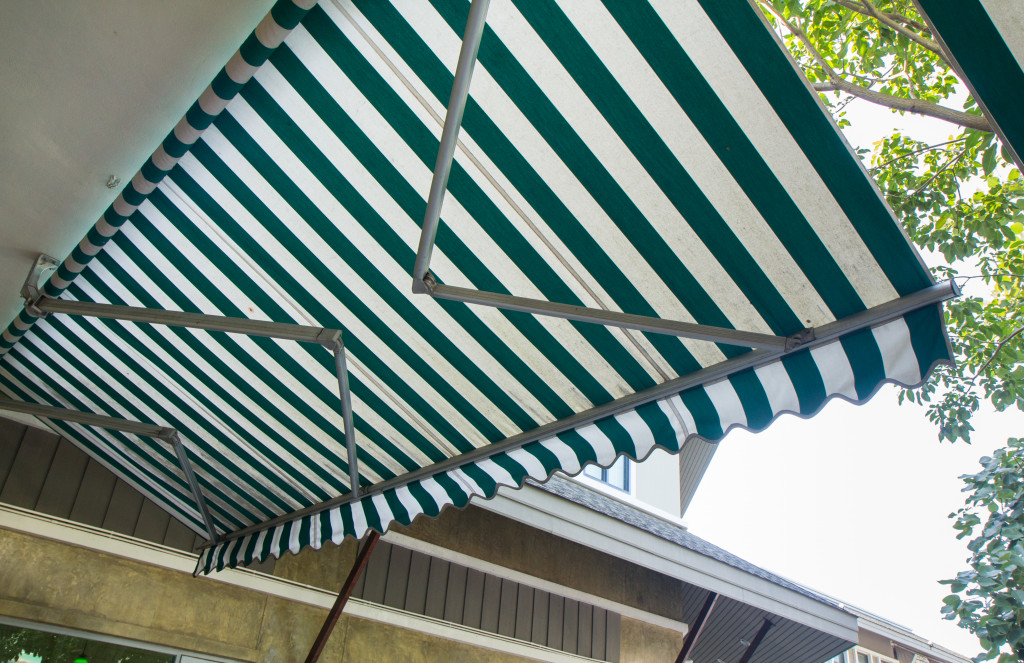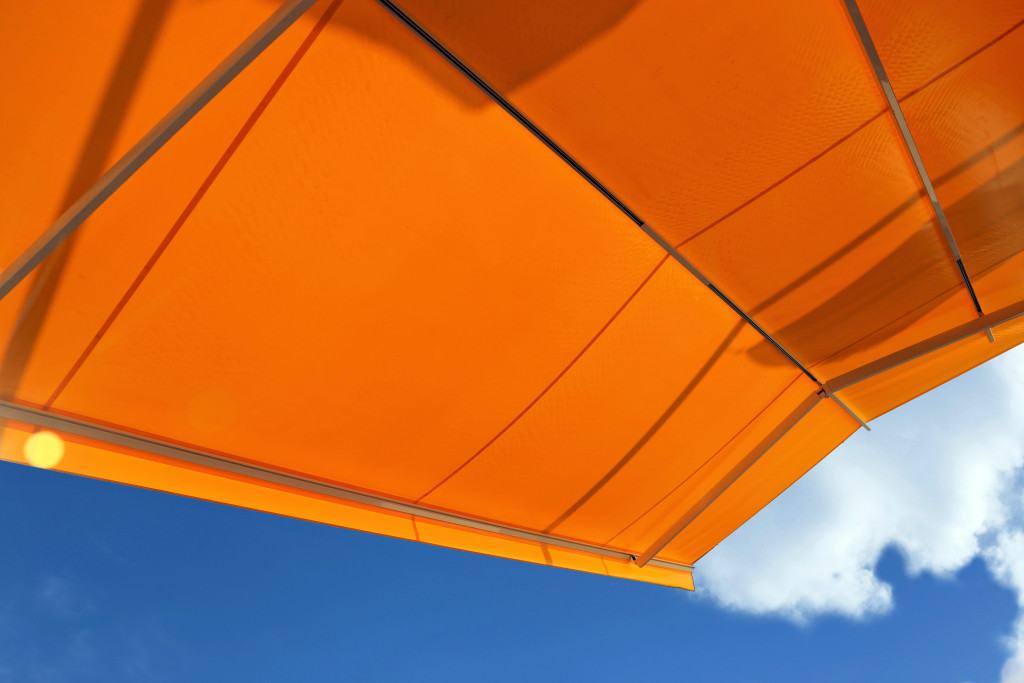We’ve all heard about the benefits of natural sunlight to our health and in our homes. In terms of your health, natural lighting can improve digestion and immune systems, increase serotonin and endorphins, boost energy, mood, and productivity, and even help you sleep better at night. When it comes to your home, it basically reduces the production of harmful organisms indoors and makes the space feel more airy and comfortable.
While natural sunlight is generally safe, too much exposure to the sun’s harmful rays can damage your house inside and out and even pose health issues. Here are several strategies to help protect your home and belongings from getting damaged by harmful UV rays.
1. Invest in tinted windows
If you are looking for a permanent solution to direct exposure to sunlight, installing tinted windows is your best shot. Such windows are coated with small layers of metallic oxides that protect your house from damaging UV rays. You can choose between soft or hard-coated windows depending on your needs. Keep in mind, though, that these windows can be quite expensive. But in turn, tinted types can also contribute to your home insulation, wherein they can help keep your rooms cooler during summer and warmer in the wintertime.
2. Use window shades and films
If investing in tinted windows seems too much for your pocket, window shades and films are cost-effective alternatives you can consider. When buying shades, opt for ones that provide high UV protection. This is applicable for solar, cellular, and woven wood types.
Another effective way to block those harmful UV rays is by using films, which are either made from polyester or translucent vinyl strips. While they are generally easy to install and affordable, they can get damaged or scratched after a few months or years, depending on the usage. Installing a UV-blocking film can cost you around $4 per square foot, which already includes additional features like solar heat blocking and glare reduction.
3. Think about wooden surfaces
Wooden surfaces are favourite victims of sun damage. Depending on the type of wood, UV rays can result in dryness and discolouration. This can be prevented by using sealants. For your wooden decorative pieces, you can use a shellac finish which doesn’t just provide sunlight protection but can also enhance the natural beauty of the wood. Another easy-to-apply wood finish is lacquer, which can provide strong protection and fix scratch marks.
Varnish, a common coating product, is also an excellent way to protect your wooden furnishings against sunlight. It also gives protection from stains and scratches while giving the surface a lustrous and smooth appearance. Choose the coat or finish that suits the type of wood as some can only damage your wooden furnishings or decorative pieces instead of protecting them from UV rays.
4. Set up external shading

It’s quite a fact that most exterior house materials are manufactured to be UV rays resistant. But intense exposure can damage them. To reduce direct and indirect UV rays on your home, you can place shade-producing shrubs and trees. If you’re opting for a full-grown tree, however, the cost won’t surely be cost-friendly.
A great alternative for that is using instant or retractable patio awnings or installing louvred roofs. These options are particularly ideal if you also want to have that extra living space in your vacant outdoor area. Only purchase from a trusted company that designs and assembles first-rate awning and canopy systems to get your money’s worth. Most of these companies will readily offer installation services, so you’re rest assured the shading will be properly set up.
5. Cover or treat hardwood floors
If you have hardwood floors installed in your home, you’ll need to put them on the priority list too. They are pricey, but they do give out a timeless and stunning look into your home. The catch is, they are prone to UV damage. The parts of the hardwood flooring that have access to direct sunlight will experience fading that makes them look worn and old.
To prevent this, consider treating your floor using pigment-based stains that contain UV inhibitors. If you’re looking for an easier solution, you can install a floor covering or place a rug on the hardwood floor areas greatly exposed to sunlight.
There’s no doubt that the sun’s ray is becoming stronger as years go by. It causes your home’s exterior paint to fade, makes your floors and furniture look worn, and increases the risk of damage to your landscape. Fortunately, you only need to follow these solutions to protect your lovely home against harmful UV rays.




